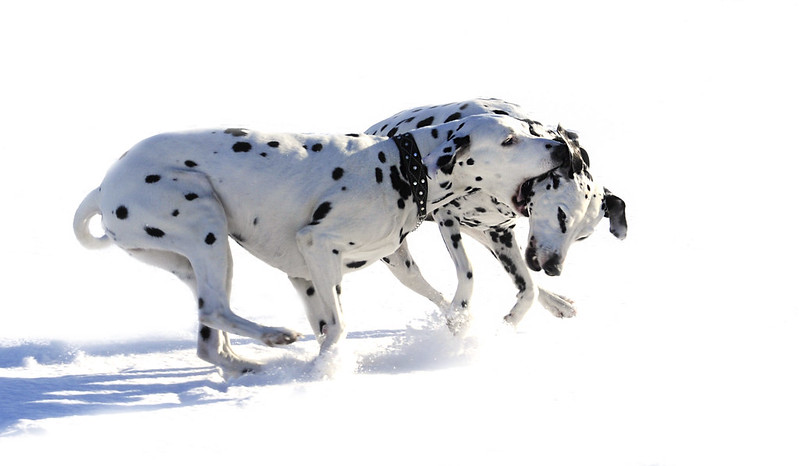Every dog breed has its own traits, characteristics, and features that differ it from other dog breeds. Moreover, every dog has a different body and looks, and Dalmatian is one of the breeds that are beautifully different from many other breeds, let’s find it out below.
If you are looking for a comprehensive guide about Dalmatians, keep reading this post.
Short Intro
Name: Dalmatian
Other names: Spotted Coach Dog, Plum Pudding Dog, Carriage Dog, Firehouse Dog, Leopard Carriage Dog
Origin: Croatia
Color: White with black or liver spots
Height: 19-24 inches
Weight: 45-70 pounds
Average Lifespan: 10-18 years
Specialty: Highly and intelligent and best as a guard for firefighters and horses. Watchdogs.

Some amazing facts about Dalmatians:
Strong and active:
The Dalmatian is acknowledged as a strong, loyal, and friendly dog of moderate size. Having the most exclusive pelt adorn with black and liver spots, they are highly charming and attention-grabbing doggies.
Its brawny body structure is well-resourced for trotting and going to long distances and it was the basic purpose of their popularity at an early age.
A very good thing about this breed is that it is very fit and easy to keep with certain types of fitness issues like deafness, allergies, and urinary stones.
Read about: Bernedoodle
Spots on its body:
The spots are not present on Dals’ body at the time of their birth but they start to appear after 3 to 4 weeks and remain forever. Interestingly, not a single Dalmatian dog has a similar spot pattern to another Dalmatian, all of them have different spots.
Long-coated version:
The Dalmatians usually have short coats but there is another rare variety witnessed in them- Long haired Dalmatians. In terms of traits, there is no special difference in both types of Dalmatians. The only difference one can find is their coat type.
History:
The Dalmatian has a history of several hundred years back as its first illustration was found around 1600-1630 but it is unclear from which origin this breed appeared but its documented description is dated to the 18th century.
The British Isles, Europe, North Africa, and Asia can be called the regions of Dalmatian dog birth but later on, in the 1800s this breed started to diligently associate with the Dalmatia region which is its ancient name and now it is well-known as Croatia, a swath of Central Europe along the Adriatic Sea.
Specialties:
In Central Europe they were raised to lookout horses and coaches, worked as a guard at borders as well as in stables at night because of the strength of working as reliable watchdogs, that’s why the dog earned the appellation ‘the Spotted Coach Dog.
Dal is although friendly and trustworthy to those the dog recognizes and trusts, and also works as standoffish with aliens and unknown dogs. They make the ideal companion for jogging because of their athlete’s body.
Learning and exercises:
Dal also has a great capacity for learning but needs a lot of care and praise. Rewards in the form of food are also worthy of motivation. Moreover, games and exercise on a daily basis keep them active otherwise they get distracted and tired.
You may like reading: Why do Dogs Chase their Tails and how to Stop them










